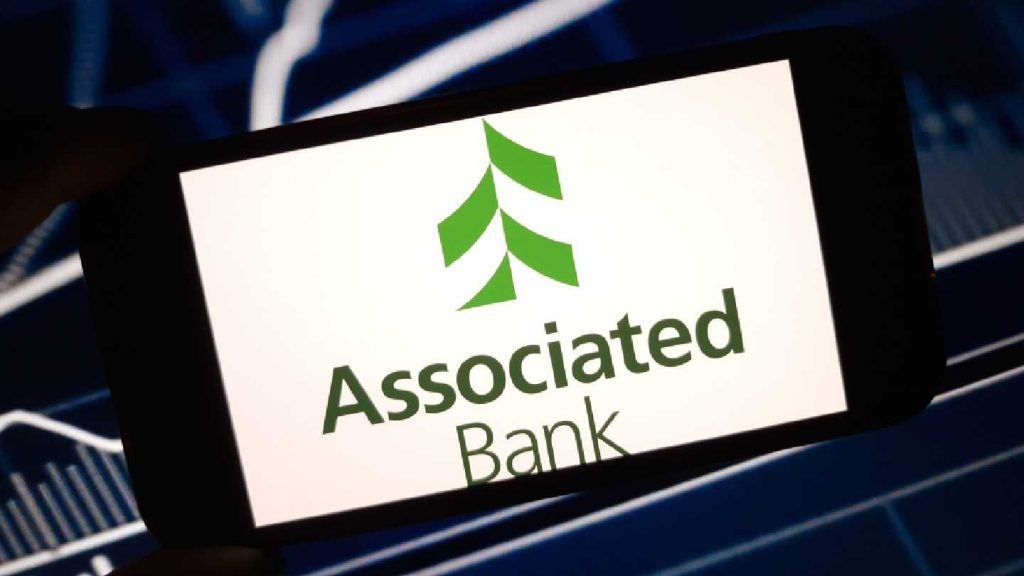
Lendingkart has rolled out a co-lending software-as-a-service (SaaS) platform for banks and non-banking financial institutions (NBFCs).
Dubbed Lendingkart 2ghtr, the platform has been launched after the Reserve Bank of India (RBI) – the country’s central bank – revised its guidelines on lending.

Access deeper industry intelligence
Experience unmatched clarity with a single platform that combines unique data, AI, and human expertise.
Under these guidelines, RBI has urged banks and NBFCs to jointly lend to micro, small and medium-sized enterprises (MSMEs).
The move is aimed at improving the credit flow in underserved sectors, such as MSMEs.
The Lendingkart 2ghtr platform will help fast-track the loan application and disbursal process for partner financial institutions, via end-to-end digitisation.
Powered with Optical Character Recognition (OCR) and fraud triggers, the platform comes with a suite of digital solutions like e-KYC, e-sign, and e-NACH.

US Tariffs are shifting - will you react or anticipate?
Don’t let policy changes catch you off guard. Stay proactive with real-time data and expert analysis.
By GlobalDataLendingkart Technologies co-founder and MD Harshvardhan Lunia said: “Lendingkart 2gthr addresses all the requirements of banks and NBFCs that are precursors for them to diversify in the MSME segment and provide an all-inclusive one stop solution from origination, underwriting, loan delivery, servicing, monitoring portfolio performance and insights with recommendations, leveraging Lendingkart’s self-learning underwriting model.”
The fintech firm has partnered with four to five banks and NBFCs as of now.
In a statement, Lendingkart president of technology, analytics and capabilities Manish Bhatia said: “Under this arrangement, we will co-lend in say, 20-80 or 30-70 proportion of the total amount.
“Since borrower discovery to loan disbursal is completely digital, banks get to save costs on each loan.
“More importantly, our gainful credit underwriting will help them to keep their NPAs under control, which is also indirect cost-saving.
“We assess alternate data, such as bank statement and GST data instead of just relying on the borrower’s CIBIL score and our algorithm works on about 5,000 data points for credit underwriting.”







